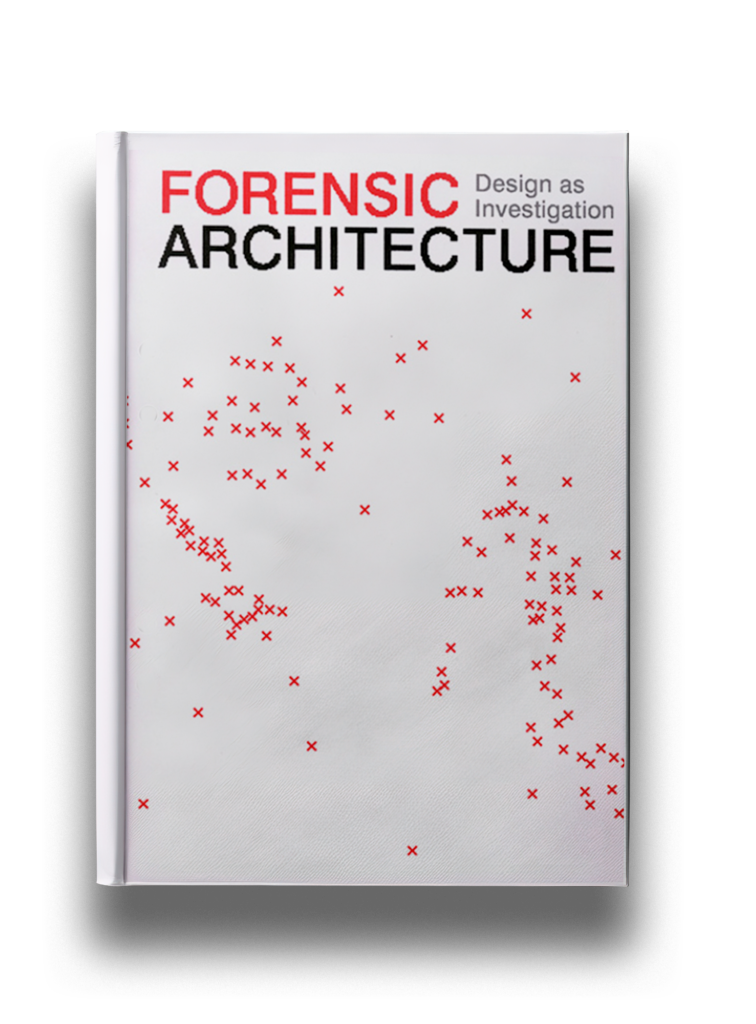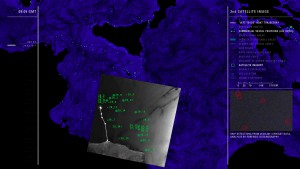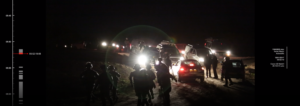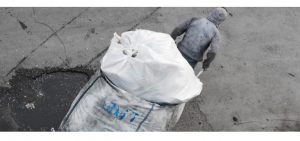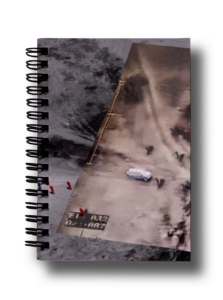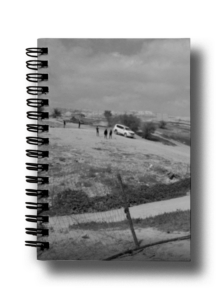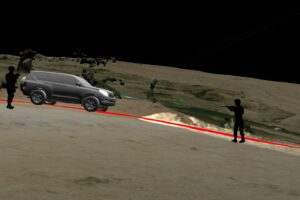Year
2020
Publisher
(Exhibition) Röhsska Museum of Design and Craft
Author
Forensic Architecture
Annotation
I discovered the existence of Forensic Architecture while I was working in CAMP/Center for Art on Migration Politics, Copenhagen. In that moment, I was drafting my MA thesis in Visual Arts which focused on CAMP itself and other realities linked to what we call ‘Socially Engaged Art’. Of all the things that I found in CAMP exhibitions’ catalogues, the work of Forensic Architecture was one of the most impressive to me. Based at Goldsmiths University London, the team is constituted by architects, software developers, journalists, artists, lawyers, filmmakers and researchers who seek to supply counter forensic evidence to ongoing or concluded human rights cases. Just before Covid-19 pandemic, I was in Göteborg to meet an artist and a dear friend of mine and we decided to visit together ‘Forensic Architecture: Design as Investigation’, whose catalogue is my first suggestion here. Housed in Röhsska Museum of Design and Craft, the exhibition showed three different projects, explained in detail by using 3D-modelling, audio analysis, data mining and software development. Honestly, I have to say that it was one of the most engaging exhibitions I have ever been in. Strongly believing in the power of interdisciplinarity, I propose Forensic Architecture as a challenging and inspiring example to follow.
Beatrice Galluzzo
At a time of geopolitical tensions, institutionalized violence, and digital surveillance, in what ways can contemporary design support cases involving human rights violations?
